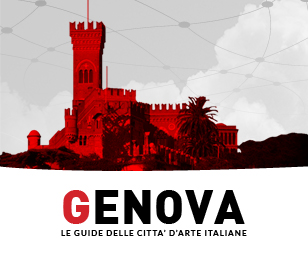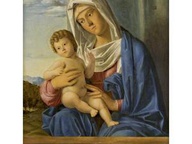L'Angelo della Città
Dorsoduro

- Artista: Marino Marini
- Dove: L'Angelo della Città
Marino Marini attinge alla tradizione della scultura etrusca e nord-europea nello sviluppare i temi del nudo femminile, del busto e della figura equestre. Interpretando i temi classici in uno spirito moderno e con tecniche moderne, egli cerca di rappresentare un’immagine mitica ma adatta a un contesto contemporaneo. L’evoluzione del soggetto del cavallo e cavaliere rispecchia la risposta personale di Marini a tale contesto mutevole. Il tema compare nella sua opera per la prima volta nel 1936: le proporzioni di cavallo cavaliere sono relativamente slanciate e le due figure sono equilibrate, formali e calme. Dall’anno successivo il cavallo è rappresentato mentre scalpita e il cavaliere mentre gesticola. Nel 1940 le forme si fanno più semplici e arcaicizzate e le proporzioni più tozze. Dalla fine degli anni ’40 il cavallo è piantato immobile sul terreno, il collo allungato, teso, le orecchie abbassate indietro e la bocca aperta, come in questo esempio, che trasmette gli aspetti caratteristici del lavoro di Marini di questo periodo: affermazione ed enfasi di forza, associata esplicitamente con la potenza sessuale.





